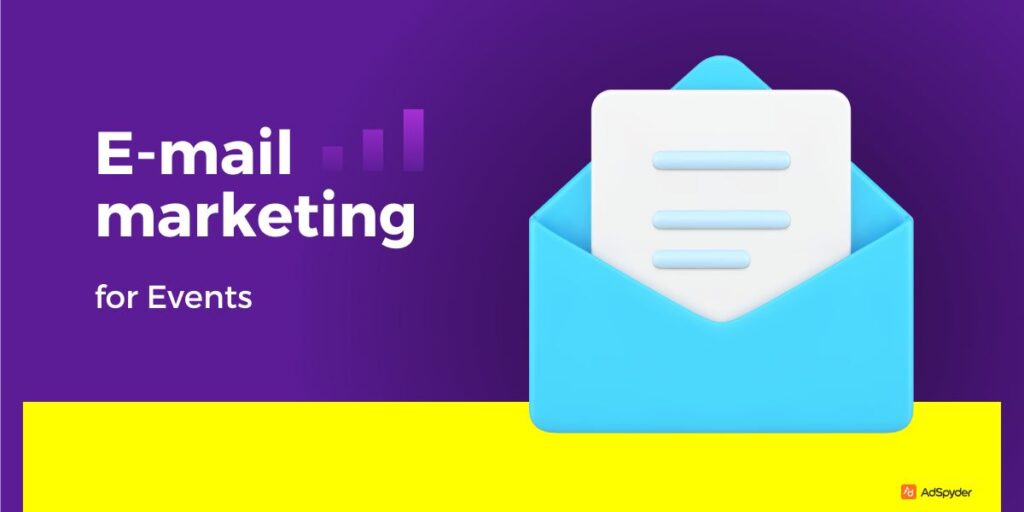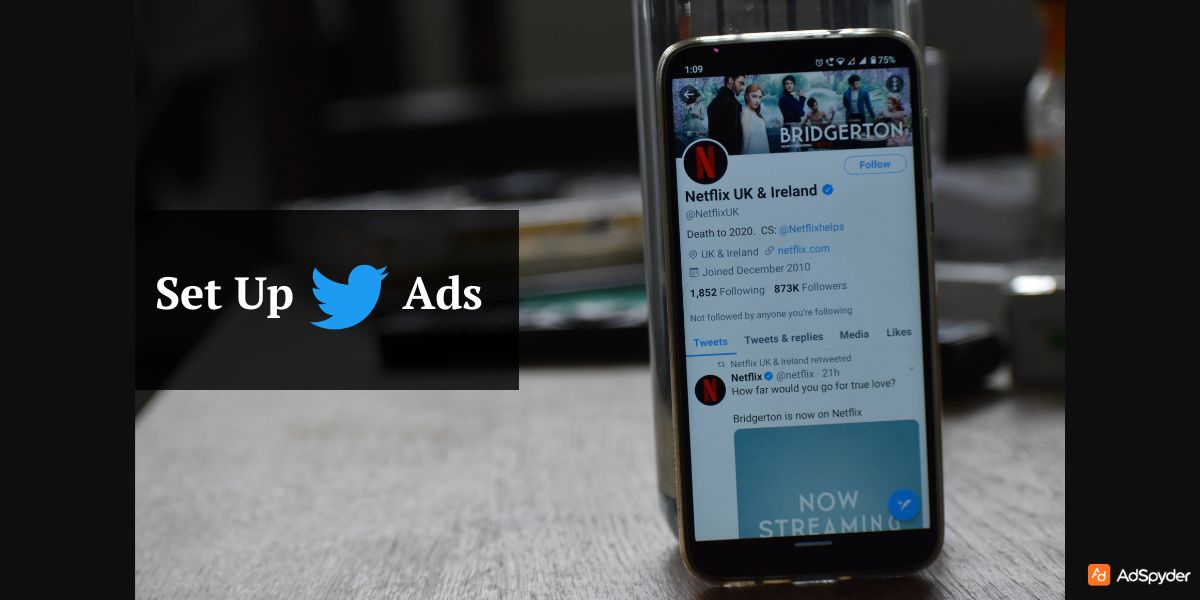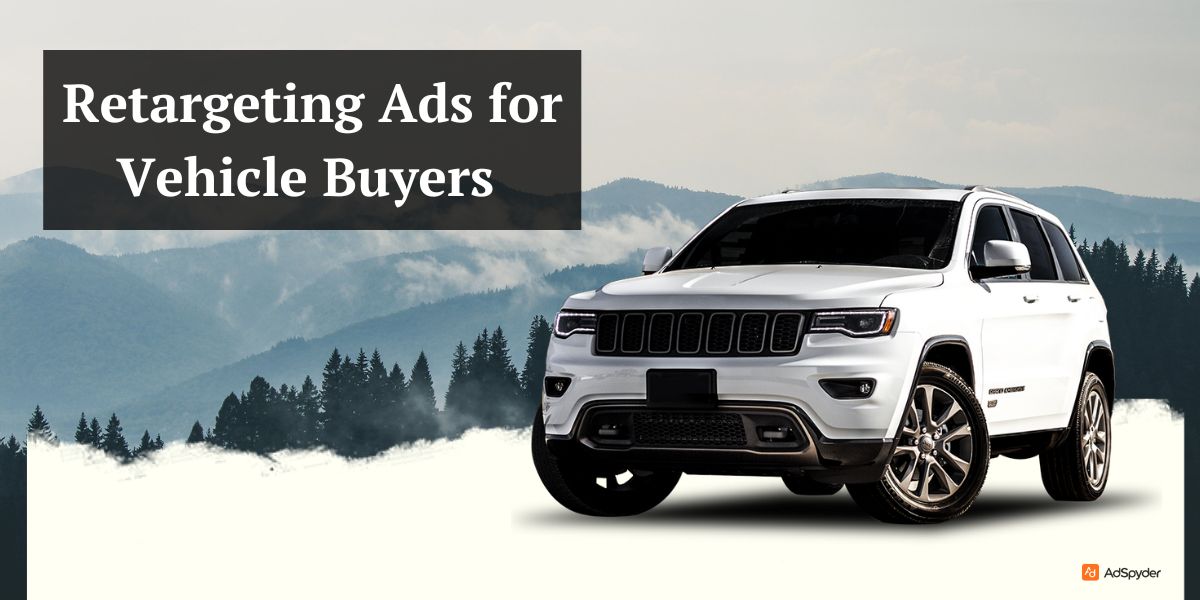Email marketing is a powerful tool for promoting conferences, workshops, webinars, or social gatherings. It lets you reach your audience directly, build anticipation, and ensure high engagement. This will make you more aware of email marketing strategies and best practices that you can follow to maximise recent attendance and engagement. This first part will focus on defining your Email Marketing for Events, building your email list, and crafting compelling event emails.
Ready to Elevate your Marketing Strategy?
Defining Your Event Goals
Before launching your email marketing campaign, it’s essential to set goals for your event. Having a clear image of what you want to achieve will give you directions for messaging and further help you keep track of successful outcomes.
Identifying the Purpose of Your Event
Get a clear idea about what you want to achieve with your event. To make you better understand this, a few common purpose is given below:
- Networking: Creating opportunities for attendees to connect with like-minded people and industry leaders to get motivated and find solutions to their requirements.
- Education: Share knowledge and valuable content through workshops, lectures or seminars. This will help upskill the users.
- Fundraising: One of the purposes could be to raise funds for a cause through promotions, donations, ticket sales and sponsorships.
- Brand Awareness: It can be for brand awareness, spreading words regarding any particular organization or brand so that it gets recognition from your audience and they further spread the words.
By outlining the purpose for which you want to do email marketing, you can customize your content and marketing strategies to get successful outcomes.
Setting Measurable Goals
Once you’ve defined the purpose, set specific, measurable goals depending on the type of email marketing. This could include:
- Attendance Numbers: Setting a target for the number of attendees (e.g., “We aim to attract 200 participants or more”).
- Engagement Levels: Measuring interactions, such as questions asked during sessions or participation in networking activities.
- Revenue Goals: If applicable, determine the financial targets for ticket sales or sponsorship.
Measurable goals not only help you track success but also guide your email marketing efforts to ensure alignment with your objectives.
Check Out –Successful Drip Email Campaigns
Building an Email List for Your Event
A quality email list, which means having emails for potential or ideal users, is crucial for effective event marketing. Focus on strategies to gather addresses from your target audience.
Strategies for Gathering Email Addresses
There are various ways through which you can create or get quality email addresses. Let’s look at some of these that you can consider while creating your email list:
1. Utilizing Previous Attendee Lists
- If you’ve held similar events in the past or know anyone who has conducted such events in pthe ast, leverage the contact information of previous attendees. They are likely to be interested in future events and are already familiar with your organization.
2. Promoting Sign-Ups on Social Media
- Social media channels have many advantages, as people are more active there, and you can use these channels to promote email sign-ups. Craft interesting and eye-catching posts to attract followers to subscribe to event updates and special offers.
3. Website Sign-Up Forms
- Ensure your website has clear and accessible sign-up forms for event newsletters. Consider pop-ups, embedded forms, or dedicated landing pages so that as soon as the users see its highlighted and grabs their attention.
4. Collaborations and Partnerships
- Reach out to organisations, influencers, or known people who can sponsor and promote your event to their audience. Partnering with such bigger and public figure can widen your reach and attract more valuable subscribers.
5. Utilizing Content Marketing
- Create valuable content related to your event topic (e.g., blog posts, videos) and offer it in exchange for email subscriptions. This establishes credibility while growing your list.
Importance of Segmenting Your List for Targeted Messaging
Segmentation is important as this can help you create and craft messages that are relevant to your ideal audience. By grouping subscribers based on specific criteria, such as age group, the city they are residing or the profession they are in, based on their salary, you can easily tailor your emails to address their interests and behaviors.
- Demographics: Segment your list by age, location, or profession to send targeted messages that resonate with different groups.
- Previous Engagement: Consider segmenting based on previous attendance or interactions with your organization. This allows you to customize messages for those familiar with your events versus new subscribers.
- Interests and Preferences: Use surveys or polls to gather information about what topics or sessions your audience is most interested in, allowing you to send targeted content.
Effective segmentation enhances engagement rates and ensures that your emails provide value to each recipient.
Crafting Compelling Event Emails
Once you have your well-defined email list, the next step is to craft emails that are compelling enough to capture attention and encourage users to respond.
Writing Attention-Grabbing Subject Lines
The first thing in an email is the subject line, which further decides whether someone wants to open it or not, as it gives an outline of what the user can expect from the email. It gives the first impression, so make it count!
- Be Clear and Concise: Draft easy-to-understand yet creative subject lines, not more than 8 words to convey the essence of your email. For example, “Join Us for Our Annual Networking Gala” is straightforward and informative.
- Create Urgency: Use language that encourages immediate action. Phrases like “Limited Seats Available”, “Register by Friday for Early Bird Pricing” or “Special discounts on family passes”can prompt quicker responses as they will create curiosity and urgency.
- Personalization: Create content that includes some specific information related to the recipient, like name or place, as a custom and relevant subject line can increase the chances of emails getting opened. For example, “Sarah, Don’t Miss Out on Our Digital Marketing Workshop!” feels more personal.
Structuring Content for Maximum Impact
Email content should be strategically organized and should give clarity and engagement.
1. Key Information
- Start with essential details: Important details like date, time, location, and registration link are highlighted well and kept at the start of the email. Make this information easy to find by sharing it, preferably at the start of the email body.
2. Agenda and Speakers
- Highlight important information that attendees can expect from your email. Include a brief agenda, key speakers, and topics covered. This not only informs but also generates excitement among the audience.
3. Registration Details
- Guide your audience by giving direct and clear instructions on registering and important information like price and its deadline. If you offer early-bird pricing or group discounts, emphasize these opportunities.
4. Call-to-Action (CTA)
- Use strong CTAs that encourage recipients to register immediately. Phrases like “Reserve Your Spot Now” or “Register Today for Exclusive Access” drive action.
Including Visuals to Enhance Appeal
Visually appealing content attracts and grabs people’s attention and significantly improves the impact of your email.
- Images and Graphics: Use high-resolution images related to your event, such as past event photos, speaker headshots, or infographics outlining the agenda of the email.
- Branding: Ensure all visuals align well with your brand’s identity to maintain consistency and professionalism. This builds a good reputation for your brand.
- Videos: If applicable, consider including a brief video invitation from the event organizer or testimonials from past attendees to build credibility and excitement.
Explore Now – Email Marketing for Affiliates
Designing Effective Email Campaigns
The way you represent your email can significantly impact its effectiveness. A well-designed email not only captures attention but also guides the reader toward taking action.
Best Practices for Email Design
Follow a few good practices while designing and crafting your email, as this will further decide your email marketing success. Consider the best practices below and inculcate and optimize to get the best results:
1. Mobile Responsiveness
- With digitalisation and an increase in mobile users, make sure to design mobile-friendly designs that adjust according to the screen size. Use responsive design techniques that adjust layouts and images based on the screen size. Tools like Litmus or Email on Acid can help you test your email appearance on various types of devices, giving you a fair idea about where to improve.
2. Visual Hierarchy
- Structure your email content using a clear visual hierarchy. Use a structured way like headings, subheadings, and bullet points to break up text and highlight key information. This gives more clarity to the recipients. Ensure that the most critical information, such as event dates and calls to action, stands out.
3. Color Scheme and Branding
- Always use colors that convey your brand’s identity, and make sure to use similar colors to maintain consistency. This consistency helps establish brand recognition and trust. Keep the palette simple—using 2-3 main colors for highlights, buttons, and text ensures clarity without overwhelming the reader.
4. Clear Calls-to-Action (CTAs)
- Make your CTAs more prominent, attention-grabbing, and action-oriented. Use contrasting colors for buttons and phrases like “Secure Your Ticket” or “Join Now” to inspire immediate action. Place your call to action strategically within the email, ensuring at least one is above the fold and another at the end.
Related – Email Marketing for Lead Generation
A/B Testing Different Email Formats and Designs
A/B testing is a crucial process through which you can draft and check which content gives better outcomes and then refine your email campaigns accordingly:
- What to Test: There are essential elements like subject line, email layouts, call to actions and the time that you choose to send the emails. Experiments with these elements of email marketing, for example, send emails in the morning, particularly at 10 am and compare that to another in the evening and check which gives better open rates.
- Analyzing Results: After conducting tests, analyze metrics such as open rates, click-through rates, and conversion rates to determine which variations performed better. Use tools like Mailchimp or HubSpot for in-depth analytics.
Testing is the best way to optimize your content and know what is attracting more desired results, and further, can make similar content for future email marketing efforts.
Automating Your Email Campaigns
Email automation allows you to streamline your marketing efforts and engage with your audience effectively without constant manual intervention.
Setting Up Automated Reminders and Follow-Ups
Automated reminders and follow-ups enhance organization and communication in fast-paced environments. By scheduling notifications for deadlines and meetings, you minimize the risk of missing important events. This system fosters consistent communication with clients and team members, saves time, boosts productivity, and allows you to focus on strategic tasks while maintaining outreach.
1. Pre-Event Reminders
- Use automated emails to remind attendees of important dates, such as the last day of registration or event specifics. Set reminders to go out one week, three days, and one day before the event to keep it top of mind.
2. Post-Event Follow-Ups
- Send automated thank-you emails to all attendees right after the event. This gesture promotes goodwill and keeps your organization in mind for future engagements.
Utilizing Drip Campaigns to Nurture Attendees Pre and Post-Event
Drip campaigns involve sending a series of emails over time based on specific triggers or schedules, and it can be before or after you organize an event.
1. Pre-Event Drip Campaigns
- Start with a warm welcome email to all recipients. Then, keep the excitement going by sharing knowledgeable content that ties into the topics of your event. For example, if there’s a session focused on digital marketing, consider sending out some blog posts or useful resources giving them a brief intro of the topic and related to that subject as the event approaches.
2. Post-Event Drip Campaigns
- As soon as the event gets over and people reach their comfort place, send follow-up emails that include access to recorded sessions, additional resources, and surveys to gather feedback. This ongoing communication helps reinforce the value of attending your event.
Personalizing Emails Based on Attendee Interests and Behavior
Personalization enhances engagement significantly:
1. Using Attendee Data
- Use data collected during registration to personalize emails. For instance, if an attendee selects a specific workshop, we can tailor follow-up emails with related content or resources.
2. Behavioral Triggers
- Implement triggers based on recipient actions. If a subscriber clicks on a specific link in your email, send them related content or additional resources that match their interest.
Measuring Success and Analyzing Metrics
Tracking email marketing performance is important as it gives scope for improvement as well as indicates whether you are on track or need improvement.
Key Performance Indicators (KPIs) to Track
KPIs are vital metrics for assessing the success of email marketing and meeting its strategic goals. It helps track progress, identifies improvement areas, and maintains alignment with objectives. By monitoring KPIs, businesses can gain insights into operations, improve decision-making, and drive growth. Consider the suggestions below to get a fair idea about these metrics:
1. Open Rates
- This indicates how many recipients opened your email. A low open rate may suggest that your subject lines need improvement or that you’re not reaching the right audience.
2. Click-Through Rates (CTR)
- CTR informs you of the number of people who clicked on links within your email. A higher CTR signifies that your content and CTAs connect well with your audience.
3. Conversion Rates
- Ultimately, conversion rates tell you how many recipients completed a desired action, that is, registering for the event or signing up or subscribing. This metric is critical for assessing the overall success of your campaign.
4. Bounce Rates
- This reflects the percentage of emails that were undeliverable, which can be due to many reasons. High bounce rates can affect your sender reputation and should prompt a review of your email list, as there are changes it is not been updated or there are incorrect emails.
5. Unsubscribe Rates
- While some unsubscribes are expected, a high rate may indicate issues with your content or frequency. Consider gathering feedback from unsubscribers to identify areas for improvement.
Tools for Analyzing Campaign Performance
Research & invest in tools that facilitate comprehensive analytics:
- Email Marketing Platforms: Most platforms, like Mailchimp or Constant Contact, offer built-in analytics to track essential metrics within the tool. Familiarize yourself with these features to gain insights into your campaigns.
- Google Analytics: Integrate your email campaigns with Google Analytics to track traffic from emails to your website. This helps measure how email engagement translates into web behavior, such as page views or registrations and gives you a better understanding.
Adjusting Future Campaigns Based on Data Insights
Use the data you gather to refine your strategies for email marketing:
- Identify Trends: Analyse the trends and patterns that give fruitful outcomes over time. For instance, if certain subject lines consistently yield higher open rates, consider applying similar strategies to future campaigns, and if the subject lines do not give good responses, then experiment and try a better version of it.
- Adapt Content Strategy: If specific types of content drive higher engagement, prioritize those topics in future emails. Regularly review and check performance metrics to ensure your content remains relevant and compelling.
Recommended For You – Email Marketing for Real Estate
Following Up After the Event
The communication doesn’t end once the event concludes. Effective follow-up is as essential as the event was for maintaining relationships and fostering future engagement.
Importance of Post-Event Communication
Post-event communication reinforces the connections made during the event, and as the event has recently gotten over recently this will encourage them as it’s still fresh in their mind:
- Thank-You Emails: Immediately after the event, send a personalized thank-you email to attendees. Show appreciation for their participation and highlighting key takeaways from the events. This will encourage more engagement.
- Feedback Surveys: When you send out your thank-you email, consider adding a quick survey link or even crafting a personalized email to gather some feedback. Ask recipients about their experience with the event, which topics resonated with them, and any ideas they might have for improvement. Their insights can be incredibly helpful in shaping future events and making them even better!
Sending Thank-You Emails, Surveys, and Sharing Event Highlights
In today’s fast-paced world, maintaining strong connections potential audience is essential. Sending thank-you emails, conducting surveys, and sharing event highlights are effective ways to express gratitude and gather feedback. These practices reinforce relationships, improve future events, and foster community engagement and loyalty.
1. Event Highlights
- It’s important to share event highlights through recorded sessions or memorable photos or key takeaways, and notable quotes from the speakers. This will keep the event top of their mind and also provide knowledge.
2. Resource Sharing
- Provide attendees with access to resources discussed during the event, such as presentation slides, whitepapers, or relevant articles. This reinforces the learning experience.
3. Surveys for Continuous Improvement
- Include a survey link in your follow-up emails to gather insights. Questions could include what attendees enjoyed most and what topics they’d like to see in future events. Use this feedback to inform your planning process.
Engaging Attendees for Future Events
As email marketers for events, one of our primary goals is to ensure that recipients not only appreciate the content of our current messages but also eagerly anticipate future communications. Engaging our audience is essential in building a sense of community and loyalty, which can greatly improve ongoing participation in our events. To enhance your strategies to engage recipients and keep them excited for what’s coming next, consider these suggestions:
1. Promoting Future Events
- In your follow-up emails, always highlight your special upcoming events or webinars! to keep the excitement and curiosity high. To make it more rewarding for your past participants, offer them exclusive discounts or pre-bookings, as this will encourage them to register and join in.
2. Building a Community
- Encourage attendees to connect with your community via social media groups or forums. This fosters ongoing engagement and creates a sense of belonging, thus building long-term loyalty and a relationship with the recipients.
3. Engaging Leads
- For those who showed interest but couldn’t make it, consider sending them personalized follow-up emails that spotlight the key highlights and valuable resources from the event. Sending them follow-ups and emails regularly will continue the flow of conversation and can spark their interest and enhance the chances of their getting registered for future events.
FAQs
What is the main purpose of email marketing for events?
Through email marketing, you can create excitement and buzz, effectively promote and boost registrations for the upcoming event.
How can I grow my email list for event marketing?
Use previous attendee lists to connect with your audience. Promote sign-ups on social media to create excitement. Encourage them to register themselves and consider offering valuable content in exchange for email addresses.
What are the various types of emails that can be sent to recipients before the event?
To make it more interesting and engaging for your audience, send them event insights with valuable content, reminders of the remaining days, detailed agendas that they can gain by attending this event, important highlights and last, the registration confirmation emails.
How to measure the success of the email marketing campaign?
Measure key metrics such as open rates, click-through rates, conversion rates, and engagement levels to evaluate performance.
What does a post-event follow-up email include?
After every event, it’s important to keep your audience engaged with emails like thank-you emails. This shows them appreciation for their participation. Highlight events or takeaways to keep the event fresh in their mind. Provide feedback surveys and information about exciting future events.
What are the ways to make your event emails stand out?
Use creative subject lines compelling the recipients to open your email. Use clear visuals of what they can expect from it, some customization or personalizations and important CTAs for better outcomes.
Is it important to segment an email list for event marketing?
Yes, segmentation allows you to send targeted messages based on interests, demographics, and previous engagement, improving relevance and engagement with the potential audience.
Conclusion for Email Marketing for Events
Email Marketing for Events is an essential component of event promotion, enabling organizations to reach their audiences directly and drive engagement. By defining clear goals, building a quality email list, crafting compelling content, and leveraging automation, you can create effective email campaigns that resonate with your audience with less hassle and worry.
Remember, measuring the success of your email campaign is as crucial as running it. Analyze the performance through regularly monitoring data and follow up with the attendees post-event to get feedback to improve their next experience. These strategies will not only enhance attendance but also foster lasting relationships with your audience.
Implement these best practices in your next event marketing strategy, and watch your event attendance and engagement go high like a rocket!




